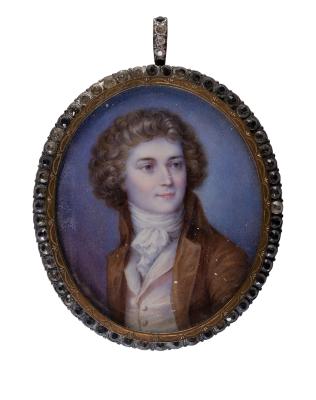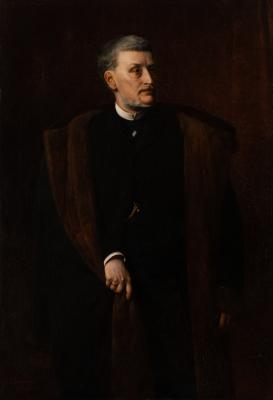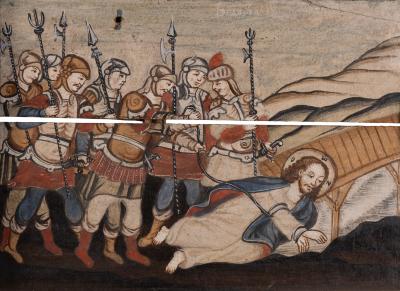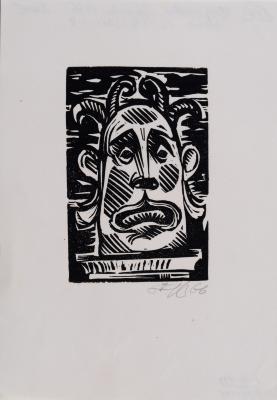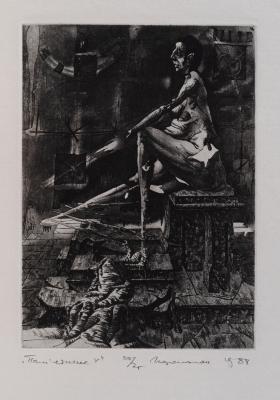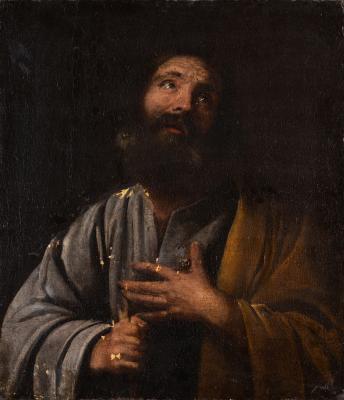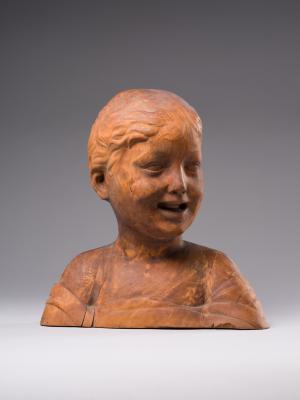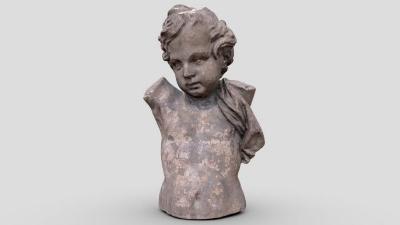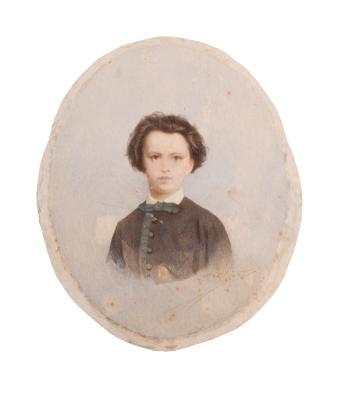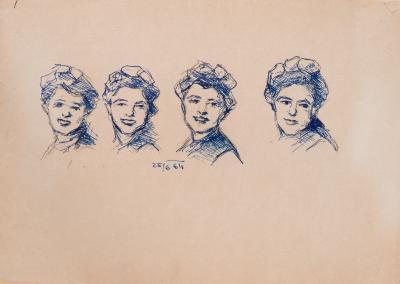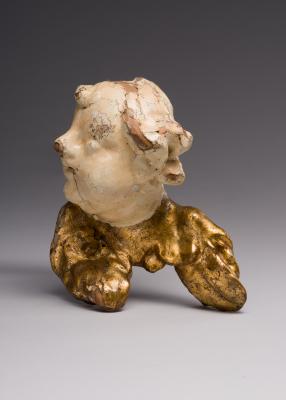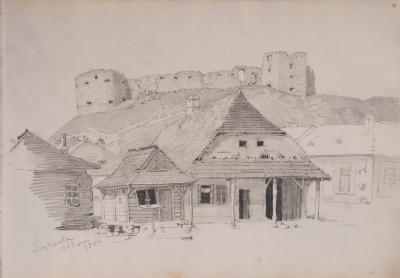Carpathian Landscape
Margit Selska (Reich)
- ID
- Ж-4720
- Author
- Margit Selska (Reich)
- Name
- Carpathian Landscape
- Date of creation
- 1965
- Country
- Ukraine
- Culture
- Eastern Europe
- Technique
- oil painting
- Material
- canvas oil
- Dimensions (height x width, cm)
- 60.5 x 92
- Type
- painting
- Genre
- landscape
- Provenance
- Handed over by the Directorate of Exhibitions of the Union of Artists of the Ukrainian SSR, 1971
- Exposition
- Lozinski Palace





